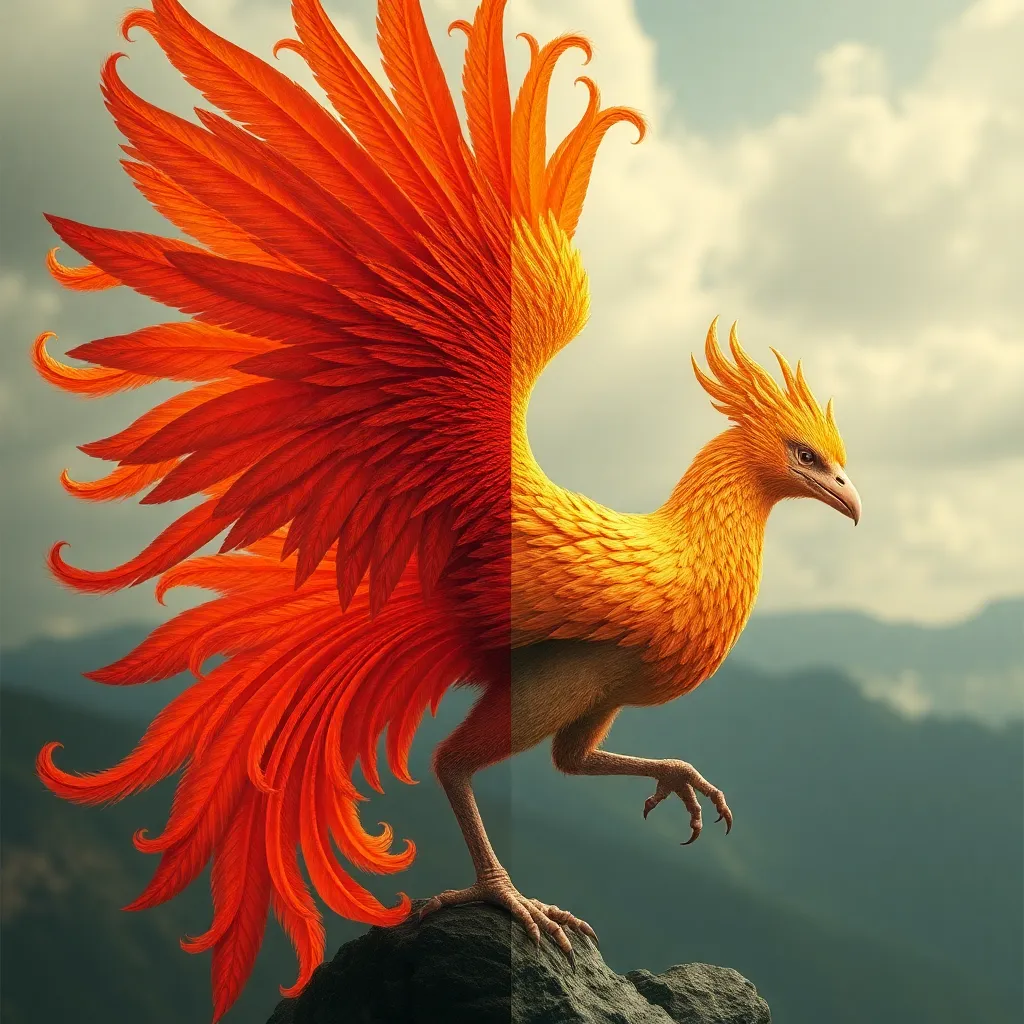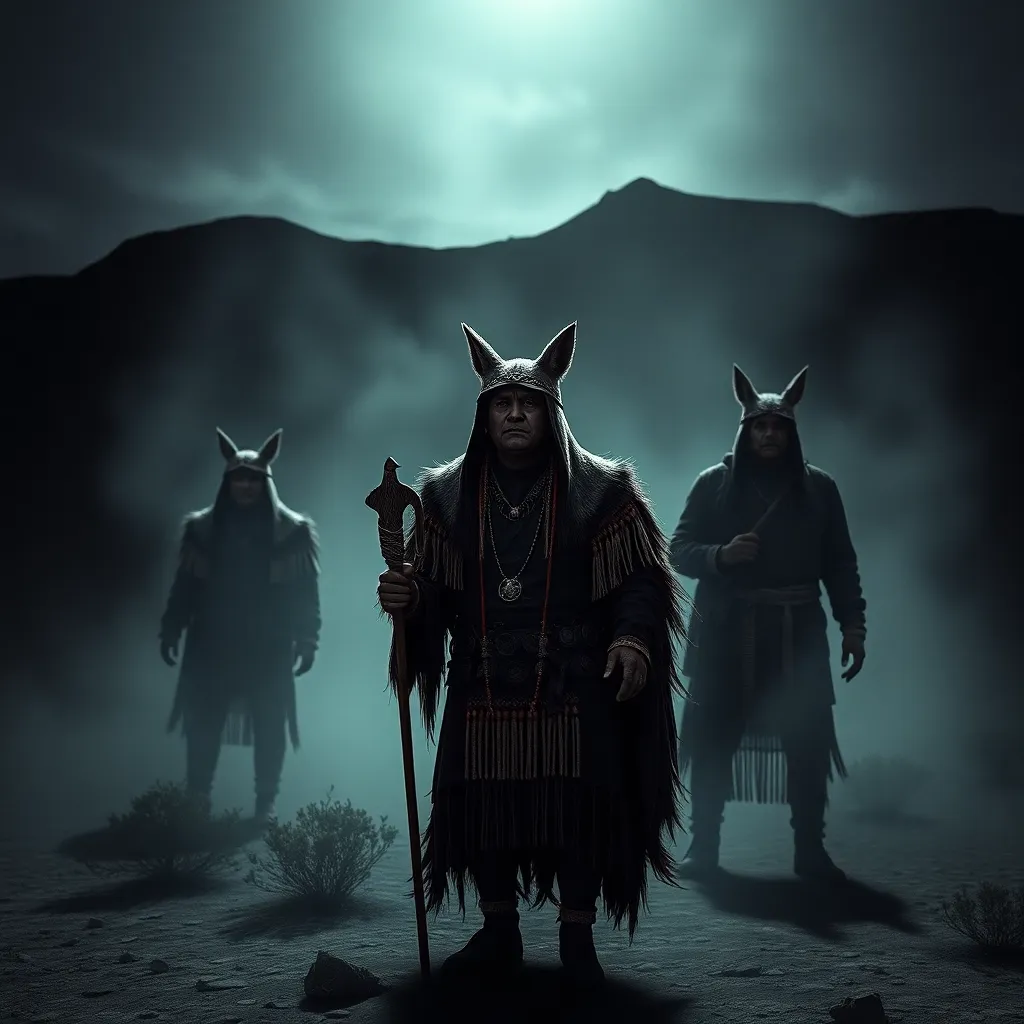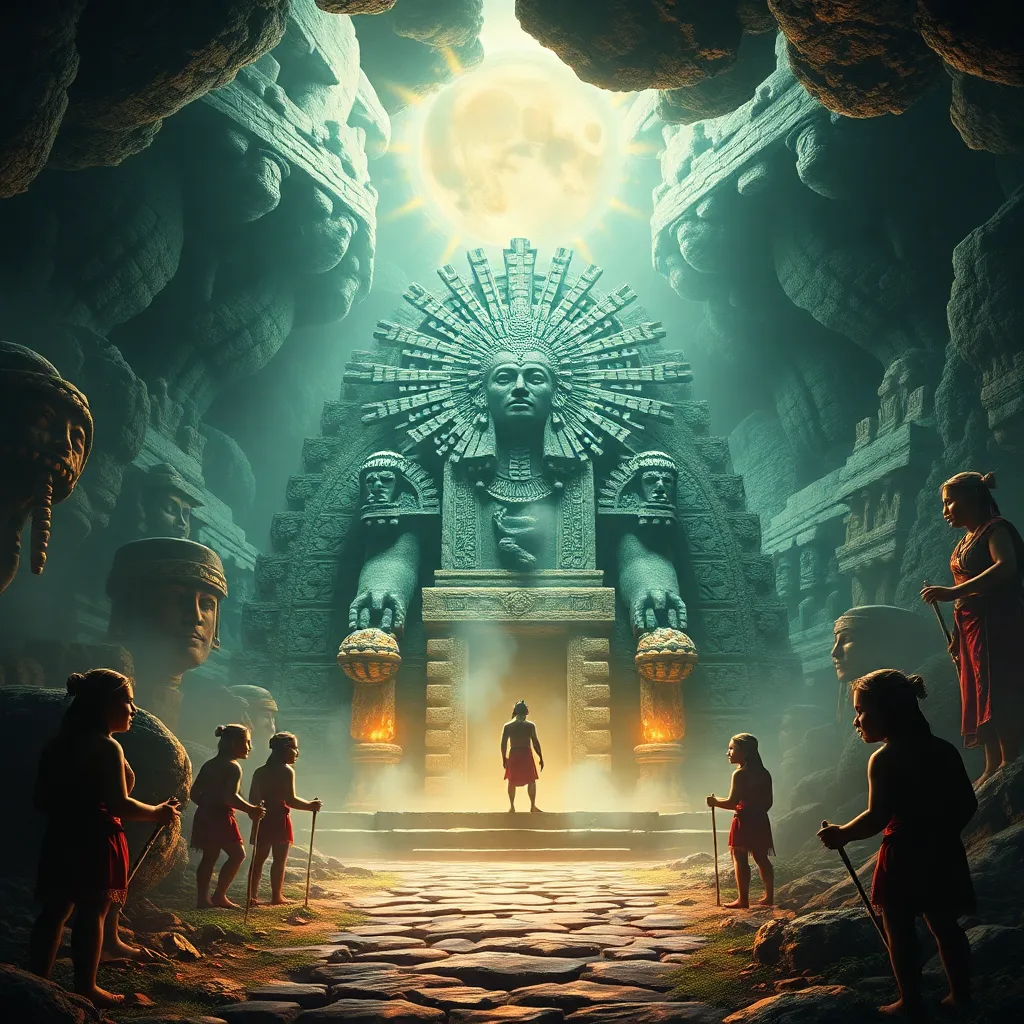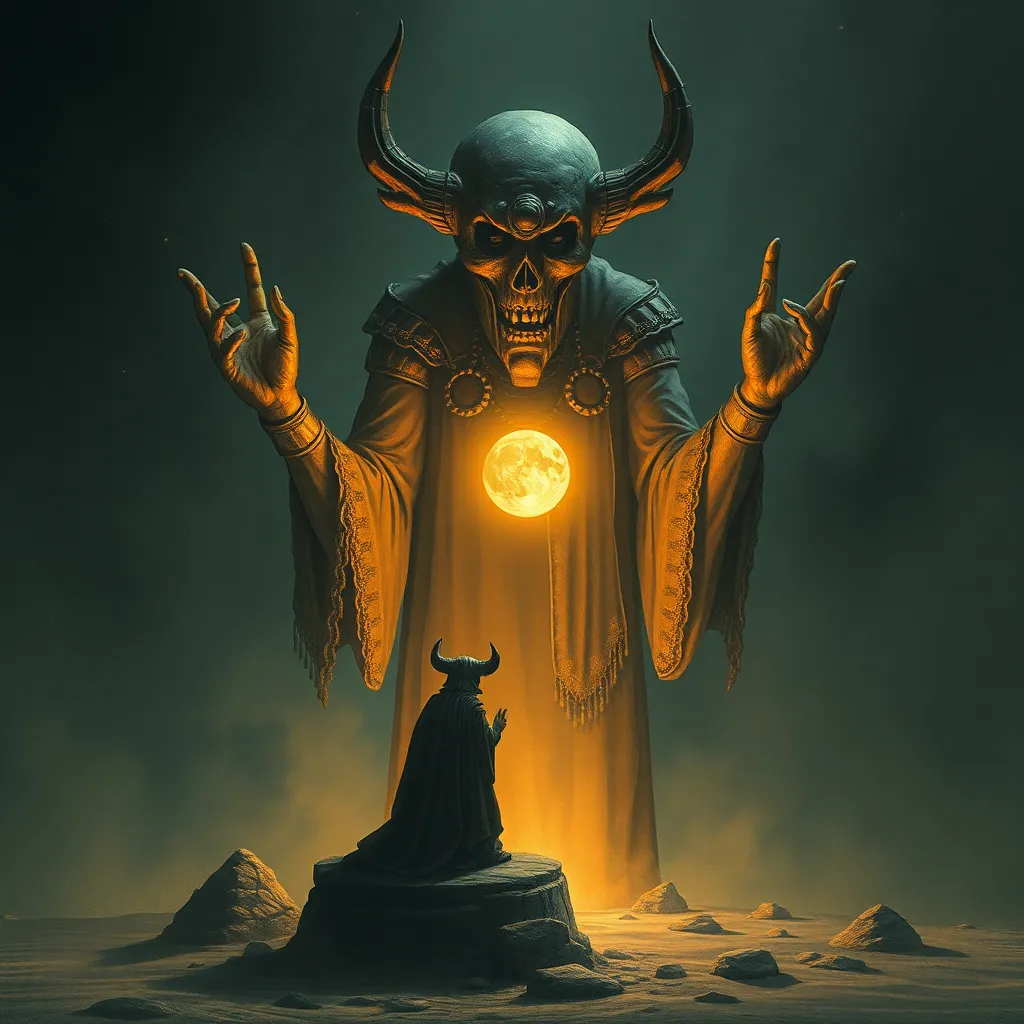From Phoenix to Simurgh: Tracing the Evolution of the Mythical Bird
I. Introduction
Mythical birds have captured the imagination of cultures around the world, serving as symbols of various ideals and beliefs. Among these, the Phoenix and the Simurgh stand out, each representing unique narratives of rebirth, transformation, and transcendence. This article aims to trace the evolution and influence of these mythical birds, exploring their origins, cultural variations, and lasting impact on art and literature.
II. The Origins of the Phoenix Myth
The Phoenix myth can be traced back to ancient civilizations, where it emerged as a powerful symbol of renewal and immortality.
A. Ancient Egyptian roots and symbolism
The earliest references to the Phoenix are found in ancient Egyptian mythology, where the bird was associated with the sun god Ra. Known as the Bennu, the Phoenix represented resurrection and was believed to emerge from the ashes of its predecessor, embodying the cycle of life and death. Its connection to the sun highlighted the themes of rebirth and eternal life.
B. Greek interpretations and the emergence of the Phoenix as a symbol of rebirth
The Greeks adopted the Phoenix myth, adding layers of meaning to its narrative. In Greek literature, the Phoenix was described as a magnificent bird that lived for several centuries before it built a nest of aromatic wood, set it ablaze, and perished in the flames. From its ashes, a new Phoenix would arise, symbolizing the themes of rebirth and immortality.
C. The Phoenix in Roman literature and art
The Romans further popularized the myth, often depicting the Phoenix in art and literature as a symbol of renewal. The bird became emblematic of the emperor’s power and divine right, signifying the cycle of death and regeneration that characterized the Roman Empire.
III. Cultural Variations of the Phoenix
As the Phoenix myth spread across cultures, it adapted and transformed, leading to various interpretations and representations.
A. The Phoenix in Eastern traditions
In Eastern traditions, the Phoenix is often linked with harmony, balance, and prosperity. For instance, in Chinese mythology, the Fenghuang, often referred to as the Chinese Phoenix, symbolizes virtue and grace, representing the union of yin and yang. It is associated with the empress and is a harbinger of good fortune.
B. The influence of the Phoenix in Western folklore
In Western folklore, the Phoenix has been referenced in numerous works, from Shakespeare’s plays to contemporary literature and films, often embodying themes of resilience and hope.
C. Comparison of different cultural representations and meanings
- In Egypt, the Phoenix (Bennu) represented solar energy and resurrection.
- In Greece, it symbolized rebirth and immortality in a cyclical manner.
- In China, the Fenghuang represents harmony and virtue.
IV. The Simurgh: A Persian Perspective
While the Phoenix has been widely recognized in various cultures, the Simurgh holds a unique place in Persian mythology.
A. Historical context of the Simurgh in Persian mythology
The Simurgh is often depicted as a benevolent, mythical bird that embodies both wisdom and healing. Its origins can be traced back to the ancient Iranian texts, where it is associated with the divine and seen as a symbol of purity. The Simurgh has been a significant figure in Persian culture, representing a connection between the earthly and the divine.
B. Characteristics and symbolism of the Simurgh
Unlike the solitary Phoenix, the Simurgh is often depicted with a flock of birds, symbolizing community and connection. It is described as possessing immense knowledge and power, often guiding heroes on their journeys. The Simurgh’s feathers are said to have healing properties, reflecting its role as a guardian and protector.
C. The role of the Simurgh in key Persian literary works
The Simurgh appears prominently in works such as the Shahnameh (Book of Kings) by Ferdowsi, where it aids the hero Zal and plays a crucial role in his destiny. Its presence signifies the importance of divine intervention and the interconnectedness of all beings.
V. Comparative Analysis: Phoenix vs. Simurgh
The Phoenix and Simurgh share common themes yet differ significantly in their cultural portrayals and significance.
A. Similarities in themes of rebirth and immortality
Both mythical birds embody themes of rebirth and immortality, representing the cyclical nature of life. They symbolize the idea that death is not an end but a transformation into something new.
B. Differences in cultural significance and portrayal
While the Phoenix is often portrayed as a solitary figure associated with individual rebirth, the Simurgh is depicted as a communal being, emphasizing connection and collective wisdom. The cultural contexts in which they exist shape their narratives and representations.
C. The impact of geography and tradition on their evolution
The geographic and cultural backgrounds of the Phoenix and Simurgh have influenced their stories. The Phoenix, originating from ancient Egyptian and Greek traditions, reflects Western values of individualism. In contrast, the Simurgh, rooted in Persian culture, embodies community and interconnectedness.
VI. The Influence of the Mythical Birds in Art and Literature
The Phoenix and Simurgh have left an indelible mark on art and literature, continuing to inspire creators across the globe.
A. Representation of the Phoenix in art and modern media
The Phoenix has been represented in various forms of art, from ancient mosaics to modern films and television shows. It often symbolizes hope and resilience, capturing the essence of the human spirit in the face of adversity.
B. The Simurgh in Persian poetry and storytelling
The Simurgh’s influence is evident in Persian poetry, where its stories reflect themes of love, wisdom, and the quest for knowledge. Poets like Rumi and Attar have drawn upon the Simurgh’s symbolism to convey profound spiritual truths.
C. Cross-cultural adaptations and reinterpretations of these myths
Both mythical birds have inspired cross-cultural adaptations, with their stories being retold in various forms. The Phoenix appears in contemporary literature as a symbol of transformation, while the Simurgh has found relevance in modern spiritual narratives.
VII. Modern Interpretations and Symbolism
In today’s world, the Phoenix and Simurgh continue to resonate, adapting to contemporary themes and narratives.
A. The resurgence of the Phoenix in contemporary culture
The Phoenix has gained renewed popularity in modern culture, symbolizing resilience amidst challenges. From self-help literature to superhero films, it serves as a metaphor for personal growth and transformation.
B. The Simurgh’s relevance in modern literature and spirituality
The Simurgh has also found its place in modern spirituality and literature, symbolizing the journey of self-discovery and enlightenment. It encourages individuals to seek knowledge and connection with the divine.
C. How these mythical birds continue to inspire today’s narratives
Both the Phoenix and Simurgh inspire narratives of hope, resilience, and transformation, reminding us of the enduring power of these mythical symbols in our lives. Their stories encourage us to embrace change and seek deeper understanding.
VIII. Conclusion
The evolution of the Phoenix and Simurgh myths reflects the rich tapestry of human culture and belief. From their ancient origins to their modern interpretations, these mythical birds continue to inspire and resonate, symbolizing the timeless themes of rebirth, wisdom, and interconnectedness. As we navigate the complexities of contemporary life, the legacy of these symbols remains ever relevant, inviting us to explore our own journeys of transformation.



